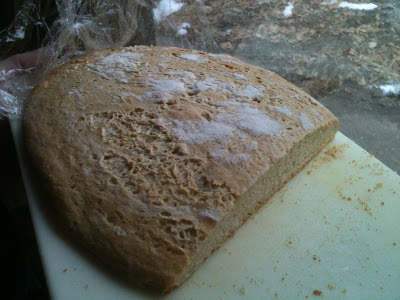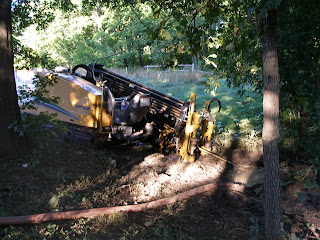Keyhole Beds Explained.
Keyhole Beds from the Gardener's Calendar
This is quite ingenious, with a traditional vegetable bed where you plant in rows, and to provide access to each row you will need a path. So for 5 rows you will need a minimum of 4 paths. If to save space you shuffle all the rows together so they are 1.5m in deep, you now only need one path to give you access to the whole bed. But wait, if you then curl the whole bed around into a circle 3m across, with a single path into the centres of the bed you can still reach all of the bed, but the path is only half the length. Plant your keyhole bed using the zone system so the most picked crops are next to the path and the least picked crops are at the back.Some more benefits of the closer planting is to encourage competitive growth with the plants, and to make companion planting more effective.
Here is an example of a Keyhole Bed.
(The path faces South)
Zone B - Tomatoes, Peppers, and bush peas
Zone C - Cabbage, Potatoes, Onions, and Carrots
Zone D - Tagettes, Nasturtiums, Wormwood, and Tansy.
The Zones do not have to be filled with all of them mentioned vegetables and herbs, they are just given as examples of the type of crops you can use.
Depending on the exposure of the bed you can plant taller plants in Zone D at the top of the bed and it will protect against the cold Northly winds. This will create a small micro-climate within the bed.
We have setup a test Keyhole bed here, and will monitor it to see if the yields we get from
The planting has been quite compact with a complete mixture of vegetables.


Comments